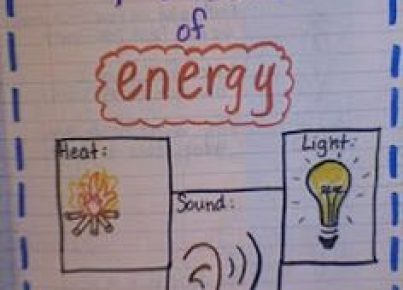Introduction:
Metacognition is a key concept for teachers in developing strategies that help students become more effective learners. At its core, metacognition refers to the awareness and understanding of one’s own thought processes. This guide aims to provide a concise and clear overview of metacognition for educators, explaining its importance, how it can be developed in students, and how it can be implemented in the classroom.
Understanding Metacognition:
The term metacognition is derived from two Greek words: meta, which means “beyond” or “above,” and cognition, which refers to the process of thinking or knowledge. Thus, metacognition can be seen as thinking about thinking. It pertains to an individual’s ability to determine their understanding of a concept or evaluate their problem-solving skills.
The Importance of Metacognition to Educators:
As education evolves towards a more student-centered approach, enhancing students’ metacognitive skills becomes increasingly crucial. Metacognitive abilities are essential for:
1. Self-regulated learning: Students who understand their thought processes are better equipped to regulate them, using targeted strategies that address areas of weakness.
2. Deeper understanding of concepts: Students with strong metacognitive skills are more likely to relate new information to what they have already learned and critically reflect on the material.
3. Better problem-solving abilities: These students can evaluate the effectiveness of their strategies and adapt them if needed.
4. Improved academic performance: Studies have demonstrated a correlation between strong metacognitive skills and enhanced academic achievements.
Developing Metacognition in Students:
Encouraging students to develop their metacognitive abilities can help them become more independent learners capable of navigating various challenges in learning effectively. Key strategies include:
1. Explicit instruction – Teachers must explain the concept of metacognition, discuss its importance, and model different ways in which it can be applied.
2. Self-reflection – Encourage students to reflect on their thought processes and articulate their understanding of the material.
3. Goal setting – Help students establish achievable learning objectives, which strengthens their ability to evaluate their progress.
4. Questioning techniques – Ask open-ended questions that require students to analyze their understanding, identify weaknesses, and devise effective strategies.
5. Peer interaction – Group activities promote the sharing of ideas and expose students to others’ thought processes.
Implementing Metacognition in the Classroom:
Metacognitive strategies can be incorporated into various aspects of teaching. Some ways to facilitate metacognition in the classroom include:
1. Teach by example – Demonstrate how you use metacognitive strategies in your own thinking.
2. Encourage students to think aloud – By verbalizing their thought processes, students become more aware of them.
3. Provide timely feedback – Provide specific feedback that helps students improve their metacognitive skills and encourages self-reflection.
4. Create a growth mindset environment – Emphasize effort and persistence in learning rather than relying on innate abilities.
5. Use real-life examples – Present problems or cases that reflect real-world scenarios, encouraging students to transfer their metacognitive skills outside the classroom.
Conclusion:
Developing metacognitive skills not only enhances academic performance but also equips students with skills that they will carry throughout their lives, for fostering personal growth, career success, and informed decision-making. As educators, nurturing these abilities is an imperative contribution to students’ holistic development and future success.





